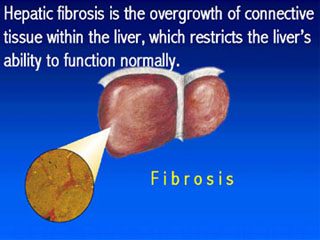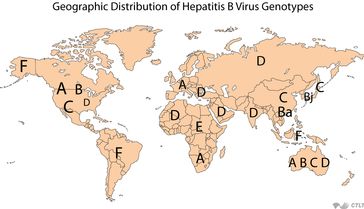*ACTION ALERT*
HAP – Hepatitis Appropriations Partnership
Urge Your Members of Congress to Support Viral Hepatitis Funding
In Their Appropriations Programmatic Requests
With the passage of the continuing resolution (CR) for FY2013 at the FY2012 levels (before the sequester) and no Prevention and Public Health Fund allocations, we do not know the total, final funding level for FY2013 at the Centers for Disease Control and Prevention (CDC) Division of Viral Hepatitis (DVH) or the future of the $10 million they received in FY2012 for a testing initiative. The President’s FY2014 budget has not yet been released. We need your help in raising awareness among Members of Congress about the viral hepatitis epidemics and asking their support for increased funding for viral hepatitis activities at the federal level. Viral hepatitis advocates are urging for a total funding at the Division of Viral Hepatitis of $35 million, an increase of $5.3 above the total FY2012 level.
In the next week and a half, all Senators and Representatives will write their “programmatic appropriations request letters,” which ask members of the Appropriations Subcommittees (who put together the federal funding legislation) to include funding for their priorities. The more Members of Congress that include a request for hepatitis funding in their letters, the greater the likelihood the Appropriators will include additional funding in FY2014.
As you know, viral hepatitis impacts over 5.3 million people nationwide. With a lack of a comprehensive surveillance system, these estimates are likely only the tip of the iceberg and 75% of those infected do not know their status. Even with these daunting figures, there are only $19.7 million in federal funding dedicated to fund viral hepatitis activities nationwide at the CDC in the CR for FY2013, before sequester. Members of Congress need to know that viral hepatitis is a concern in their district, that their constituents are being affected and that this is an issue they need to care about. We need you to tell your story and ask your elected representatives to take action by April 12.
Additionally, the CDC released FY2012 Grant Funding Profiles by state, here. When you click on your state and “Generate Report,” your state’s viral hepatitis funding is included in the report.
Step-by-step instructions on what to do are below:
1. Determine what Members of Congress to contact. You should contact your personal Member of the House of Representatives and two Senators. You should also contact other House Members in areas where your organization is located or provides services. To determine who your Representative is please go to www.house.gov and type in your zip code(s); to determine who your Senators are go to www.senate.gov and select your state from the drop down menu.
2. Call the Members’ Offices to get the name and correct spelling of their health staff person. Email the staff using the draft email text below. House staff emails are First.Last@mail.house.gov (john.smith@mail.house.gov) Senate staff emails are First_Last@Last name of Senator.Senate.gov (john_smith@doe.senate.gov)
Sample email:
Your Name
State and Zip code
Dear (Name of Health Staffer):
My name is ____________ and I live in City/State. I am writing to urge Representative/Senator________________ to include funding for viral hepatitis in his/her Fiscal Year 2012 programmatic appropriations request letter. [Include brief details on the impact of viral hepatitis on yourself or describe your organization].
There are over 5.3 million Americans impacted by viral hepatitis but, in FY2012, the only dedicated federal funding stream provided a mere $29.7 million through CDC. This is insufficient to provide the most basic public health services such as education, counseling, testing, or medical management for people living with or at risk of viral hepatitis.
I urge Representative/Senator ___________ to support a total funding level of $35 million for the Division of Viral Hepatitis in FY2014 to effectively combat these epidemics. I will be following up with you in the near future to discuss this request. In the meantime, feel free to contact me with questions.
Thank you again for consideration of my request.
Your Name
3. Follow-up with the staff you have emailed with a phone call to confirm they received the request and to determine when they may have an answer from their bosses as to whether or not they will include a hepatitis funding request in their Appropriation programmatic request letter. If asked, make it clear to the staff that this is a program request and NOT a project request (i.e. money for a district specific project like a bridge, hospital or university). You may need to follow-up again around the time the staff says they will have an answer from their chain of command.
4. If you need assistance or want to talk through the process please email or call Oscar Mairena at (202) 434-8058 or omairena@NASTAD.org. If the staff member requests “report language” or “program language,” please contact Oscar and he will provide that for you. Please also share positive responses with the Hepatitis Appropriations Partnership by contacting Oscar.
Oscar Mairena
Manager, Viral Hepatitis/Policy and Legislative Affairs
National Alliance of State & Territorial AIDS Directors (NASTAD)
444 North Capitol Street NW, Suite 339
Washington, DC 20001
Phone: (202) 434.8058 Fax: (202) 434.8092
omairena@NASTAD.org www.NASTAD.org
“Bridging Science, Policy and Public Health”











